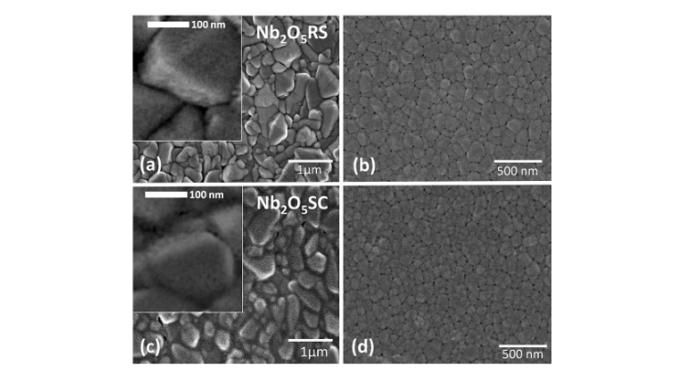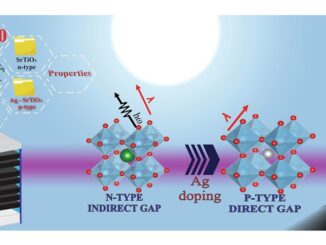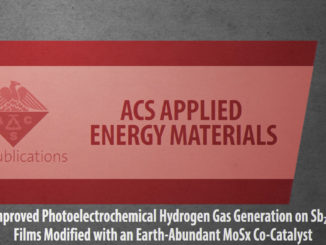
The role of Nb2O5 deposition process on perovskite solar cells
Abstract: Two different methods are used to deposit Nb2O5 as compact electron transport layers in n-i-p double cation mixed-halide perovskite Cs0.17FA0.83Pb(I0.83Br0.17)3 solar cells: reactive sputtering and spin coating. These different Nb2O5 films influenced perovskite growth and the charge transport in the cells. Photovoltaic parameters were obtained with an average power conversion efficiency of 17.0% and 15.7% for the devices based on sputtered and spin-coated Nb2O5, respectively. The mobility and the extracted charges were higher in sputtered Nb2O5-based devices than in the spin-coated ones. This effect is attributed to the larger grain sizes observed in the perovskite films when deposited onto the sputtered Nb2O5 layers. The higher densities of grain boundaries in the spin-coated Nb2O5-based devices increase ion diffusion and are expected to decrease efficiency.
Author(s): Fernandes, S. L.; Garcia, L. d. O.; Ramos Junior, R. d. A.; Affonco, L. J.; Bagnis, D.; Vilaca, R.; Pontes, F. M.; Da Silva, J. H. D.; Graeff, C. F. O.
Journal of Renewable and Sustainable Energy
Published: July 2022, Volume 14, Issue 4
DOI: https://doi.org/10.1063/5.0083073
CDMF
The CDMF, hosted at the Federal University of São Carlos (UFSCar), is one of the Research, Innovation and Dissemination Centers (RIDC) supported by the São Paulo State Research Support Foundation (Fapesp), and also receives investment from the National Council Scientific and Technological Development (CNPq), from the National Institute of Science and Technology of Materials in Nanotechnology (INCTMN).




